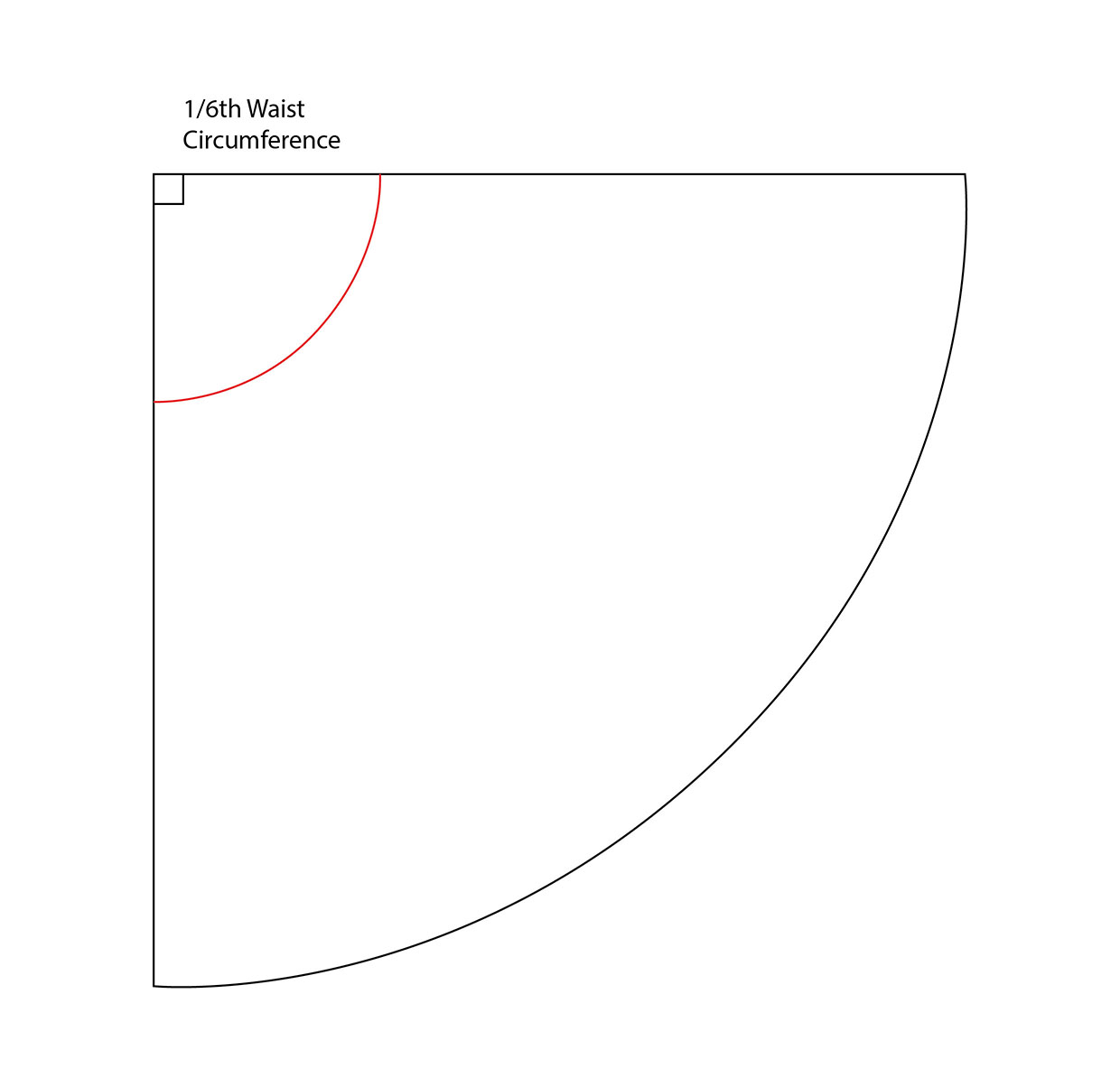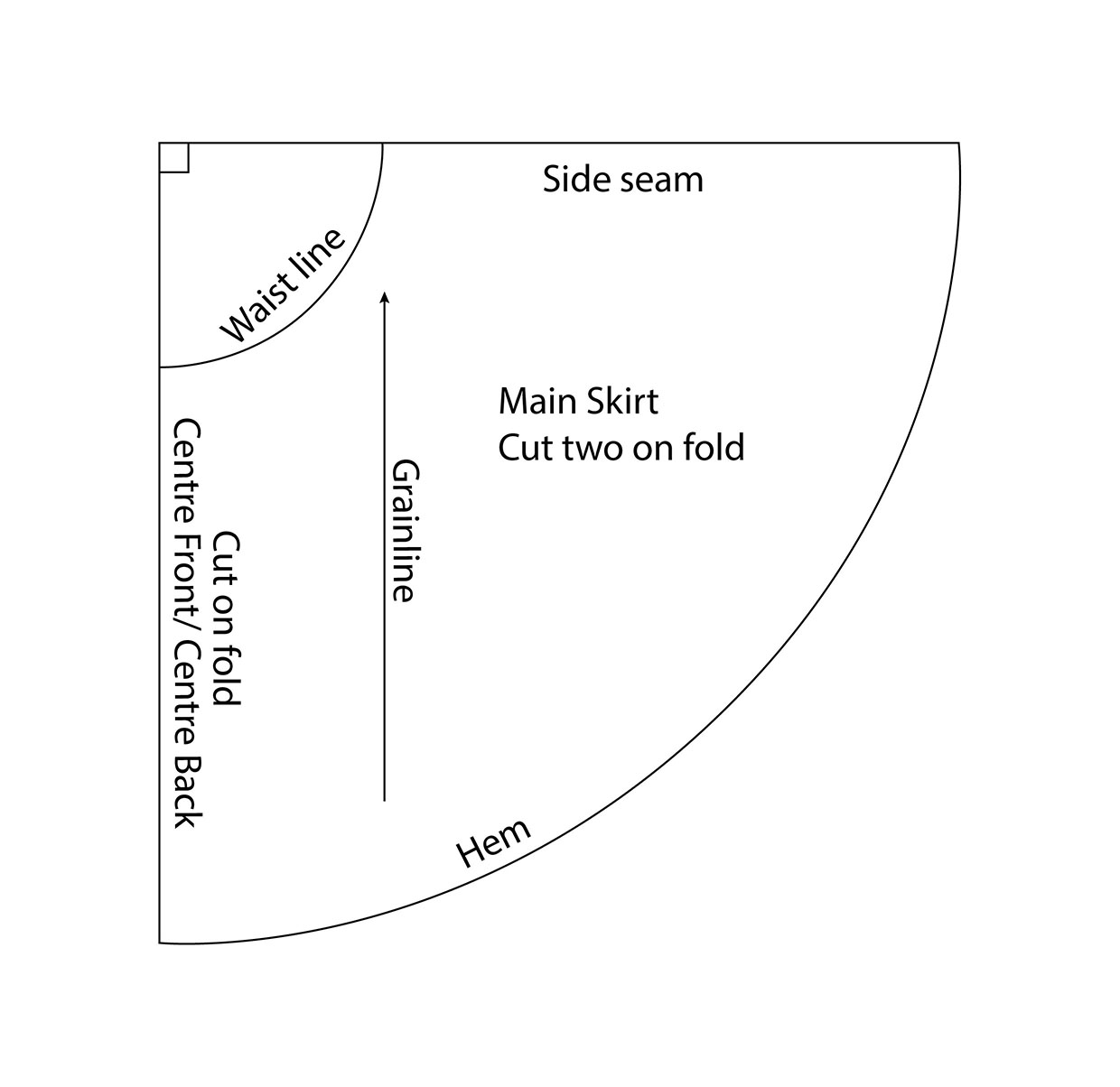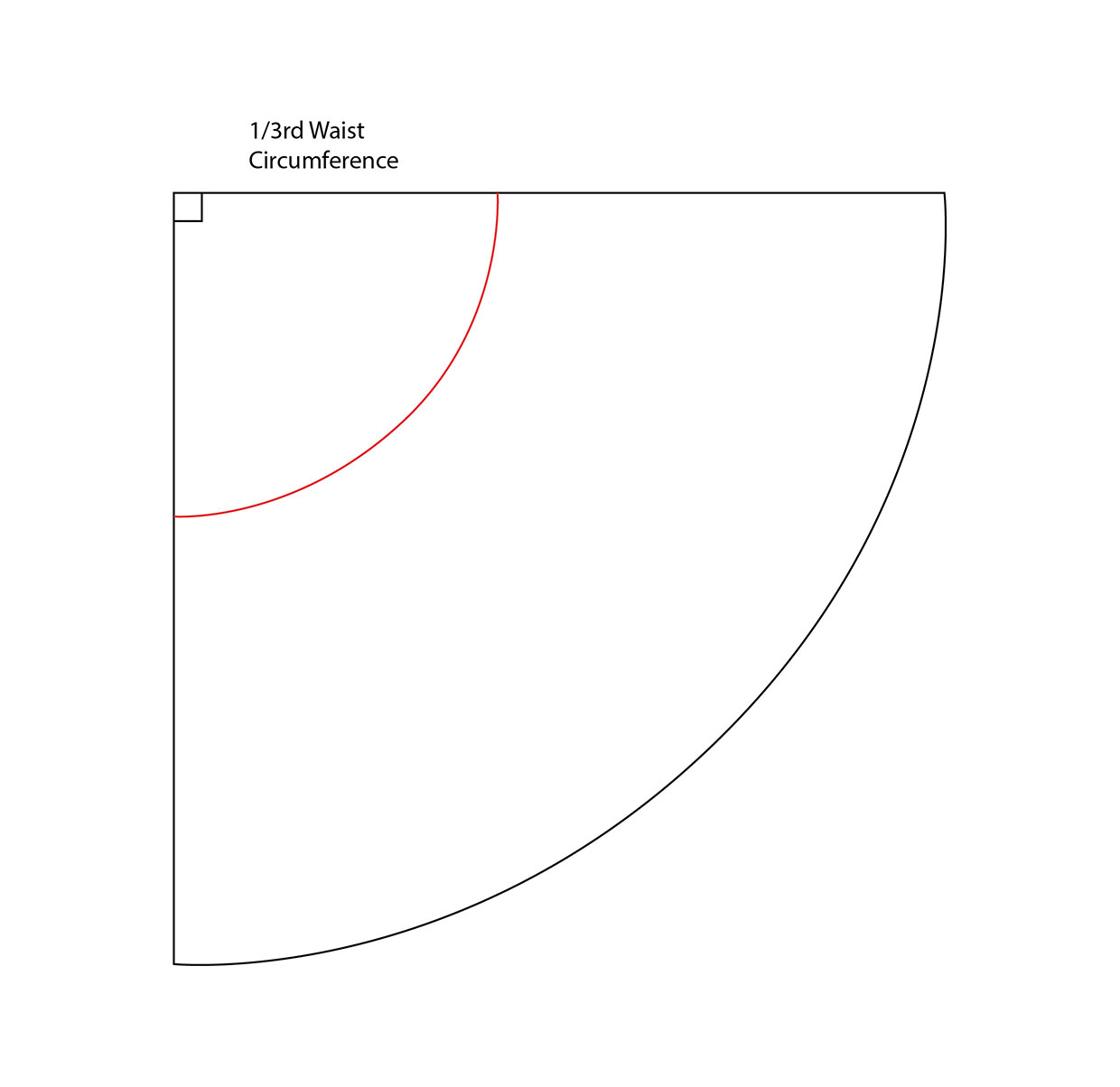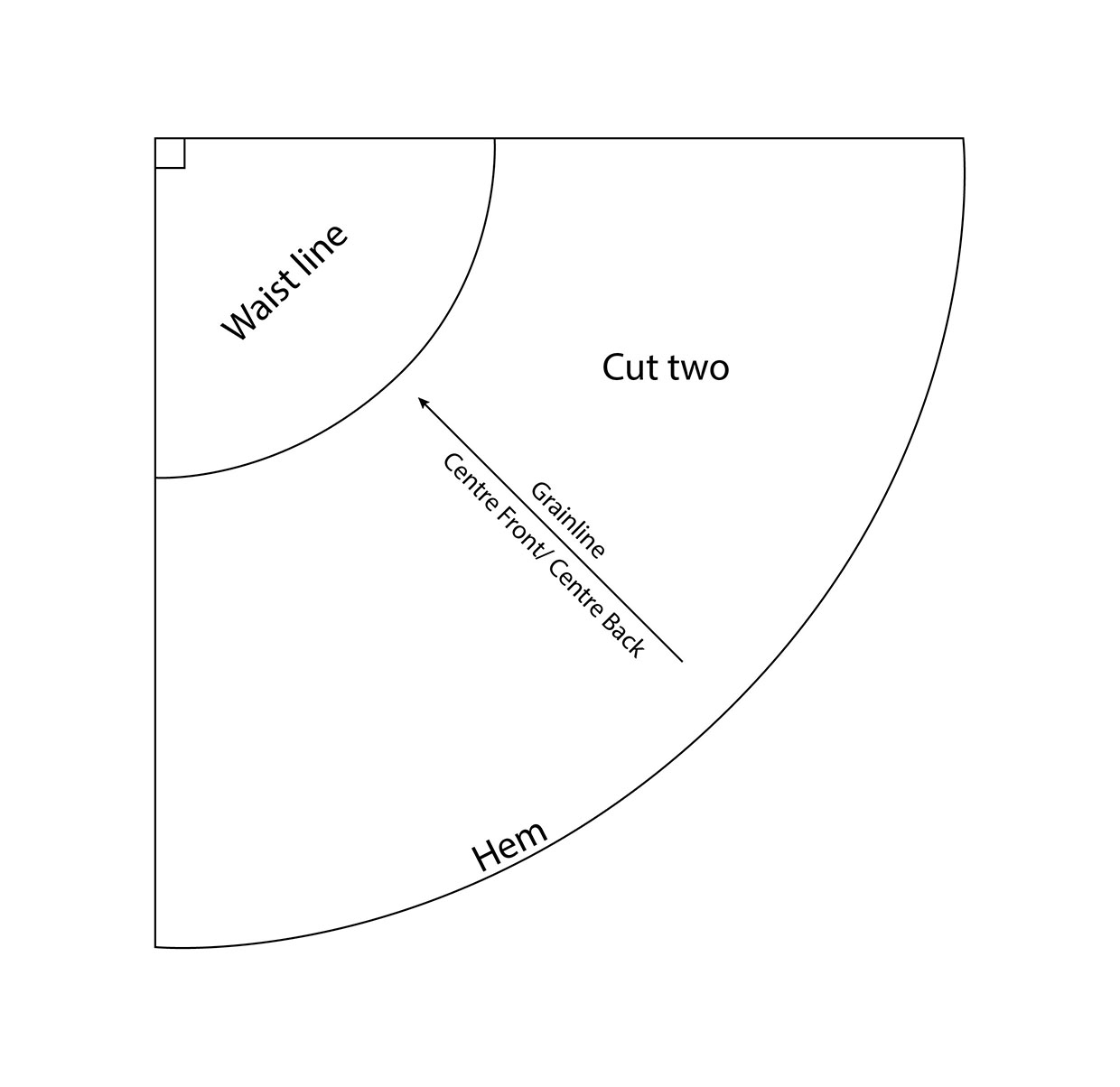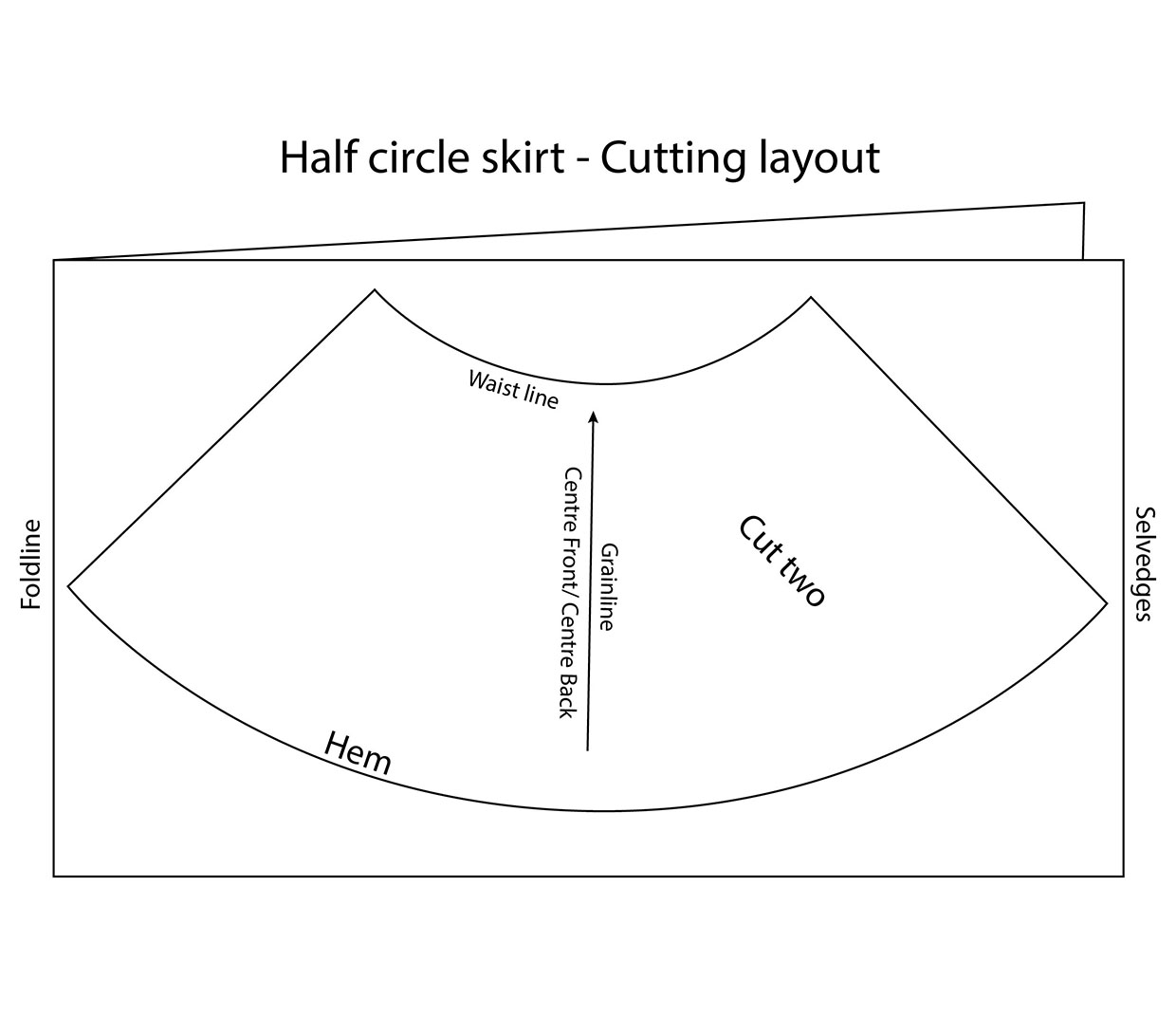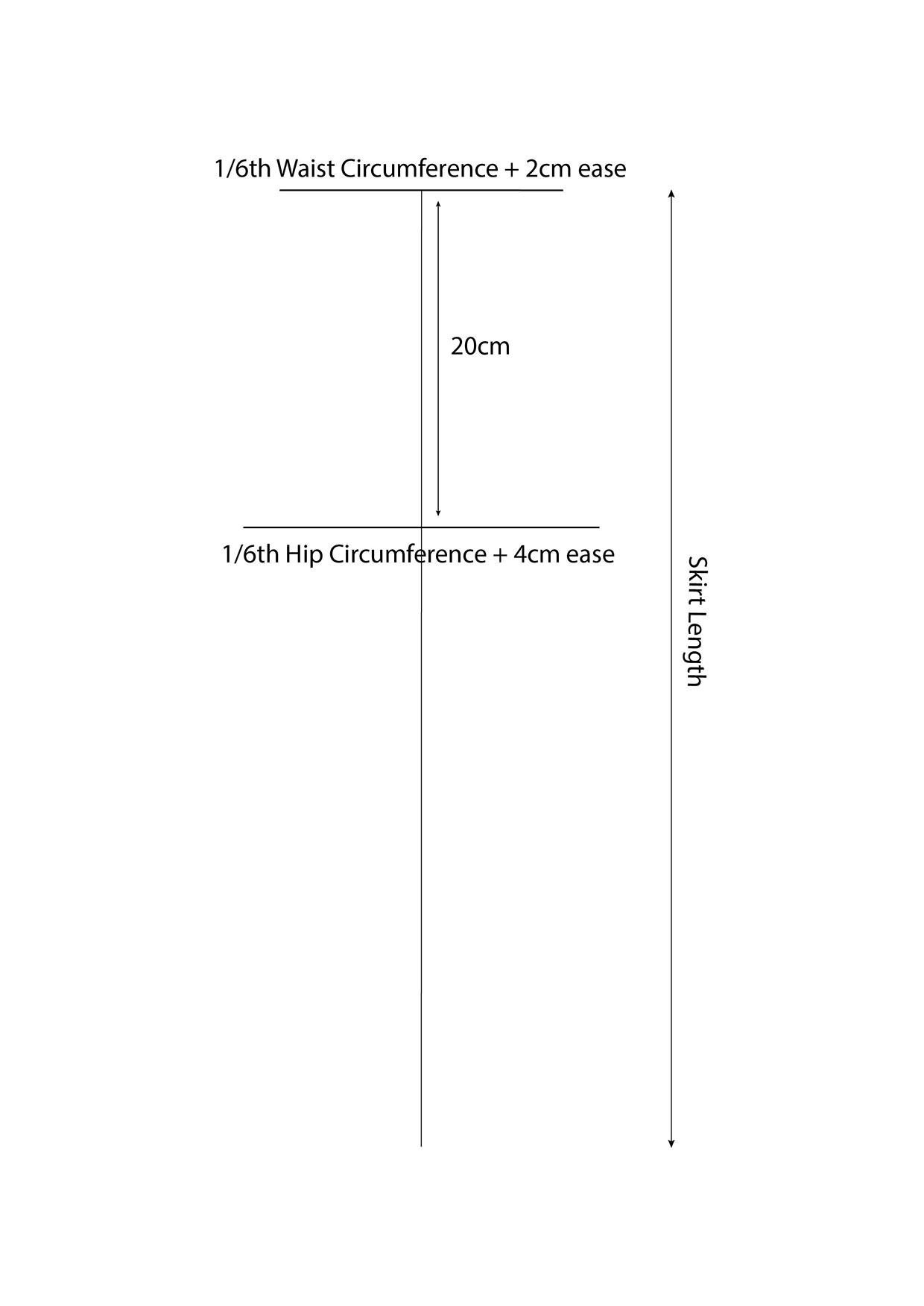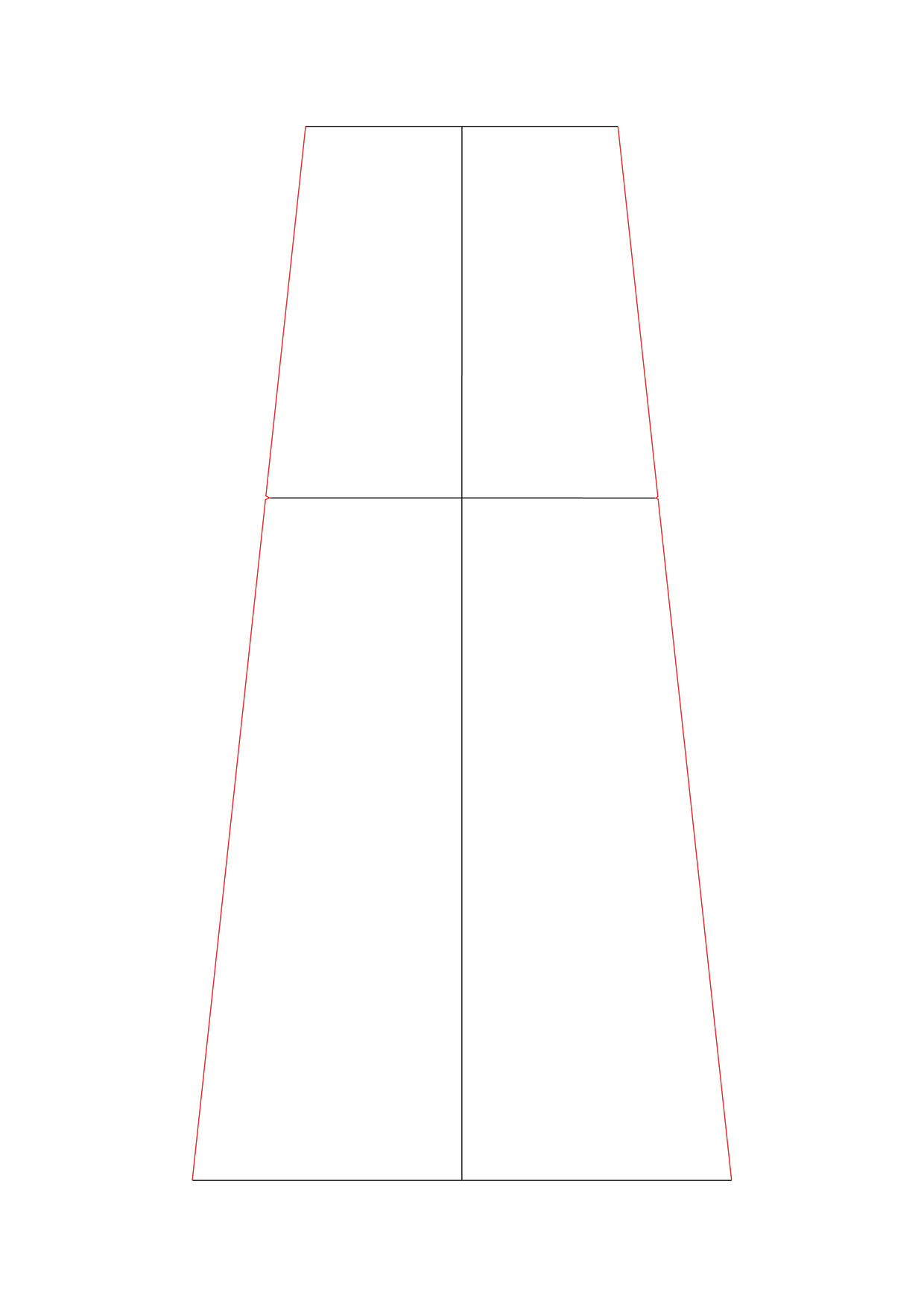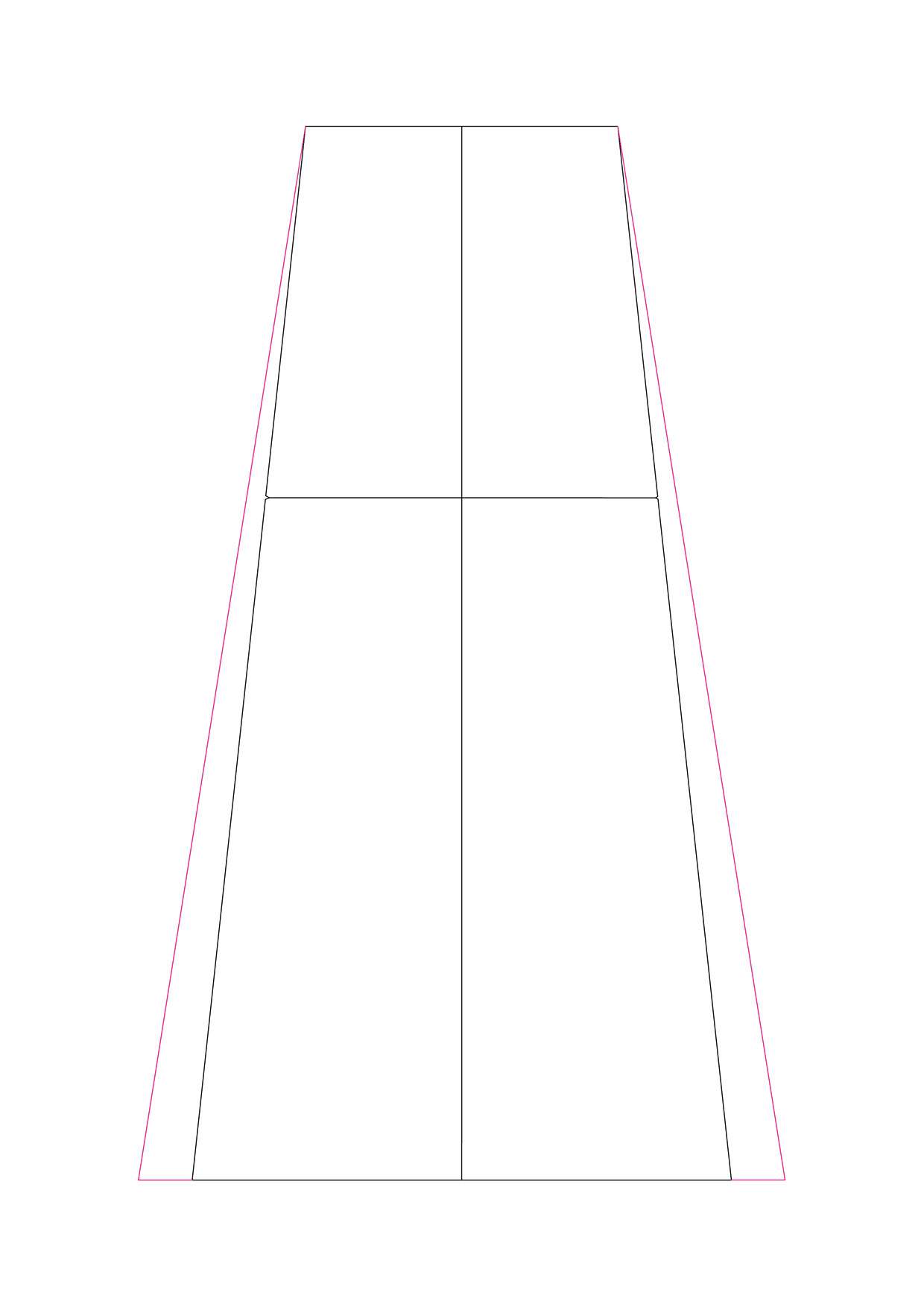Designing a pattern of your own if something most sewists aspire to. We might have grand ideas in our heads of all of the wonderful designs we could conjure up if we had the know-how, but drafting a basic patterns isn’t as scary a task as it may seem.
With the Great British Sewing Bee fast approaching, we thought we’d give you a head start so that you can get sewing and designing along with the contestants. If you’re a seasoned sewist or a complete novice, drafting a skirt pattern is a simple and effective way to learn about patterns and the process that goes into creating them.
Understanding why we add different seam allowances and the maths that goes into the drafting process will in turn give you a better understanding of how garments are constructed.
In this simple guide we’ll walk you through the measurements you’ll need to take, the tools you’ll need to draft a pattern and the drafting process itself. We’ll start with a simple circle skirt and then show you how to create a half circle skirt and a panelled skirt to extend your skills.
Simple, easy-to-follow line drawings are provided throughout to guide you through the process. So if you’ve got ideas for a floaty cotton summer skirt, a jewel-toned velvet skirt for the holidays or an upcycled denim panel skirt then we’ve got everything you need to get started below.
Before you begin there are a few basic tools that you will need. Most drafting guides will require fancy tools to get up and running, but in the interest of using what you have around the house, we’ve put together a “you will need” list that explains what you really need and how to incorporate household basics such as cans of beans and wrapping paper if need be!
Featured image by iStock/jacoblund.
You will need
- Rulers – specialist curves are ideal but a straight ruler will do the job!
- Pattern paper – a translucent paper such as tracing paper, thin pattern paper or baking paper works well. Newspaper can be used in a pinch, but beware that newspaper ink can transfer to your fabric! This could be a great way to recycle any large pieces of wrapping paper!
- String – We will use string and a pencil to draw a nice smooth curve in the following examples. Simply tie the string to your pencil (near the tip) and knot securely). Hold the end of the string at the centre point of the curve and draw a smooth curve. You may need to go in afterwards and neaten any wobbly parts of the line up but this is a much more accurate method that drawing a curve by hand.
- Pattern weights – these are useful to stop your paper moving while you are working. If you don’t have special weights for this purpose you can use tins.
- Mechanical pencils – use a mechanical pencil to draft your patterns. The fine lead will lead to a much sharper line than a regular pencil – if your line is a few mm wide then you can throw the whole pattern off by quite a lot if you’re accidentally adding to or subtracting from each seam.
- Calico fabric – or any other inexpensive fabric that is a similar weight to your chosen fabric. Old bedsheets or linens can be used and can be cut up time and time again for future toiles.
- Fineliner – like mechanical pencils it’s important to use a pen with a fine nib for drafting patterns or you could inadvertently add to the pattern sizing!
- An eraser – to rub out any mistakes.
Taking your measurements
Before starting, you will need to take your waist measurement, hip measurement and desired on the desired length of your skirt (although the length can be altered once the pattern is complete if desired. If you are able to do so, take your measurements standing up. For wheelchair or other mobility aid users, take your measurements in the position you are likely to be in most of the time.
Ask a friend to help ensure the tape measure is parallel to the ground while taking your measurements or look in the mirror to determine this yourself. Don’t pull the tape measure as tight as possible – you need it to be against your skin but still be able to fit two fingers under the tape.
Extra ease will be added as we draft the pattern, so you don’t need to increase your measurements as this stage. Write your measurements down and keep them in front of you during the process.
Read on to learn how to make sewing patterns and discover three ways to make a skirt pattern…
New to sewing? We've got lots of sewing guides and tutorials to help you get started. Take a look at our how to use a sewing machine and sewing for beginners guides. Stock up on supplies with our best sewing machines for beginners and sewing kits for beginners recommendations.

